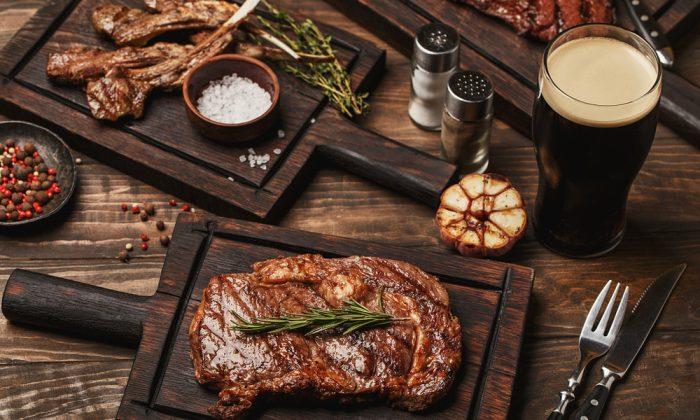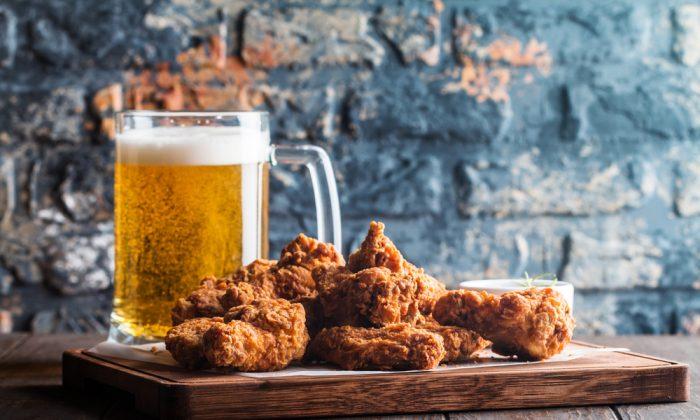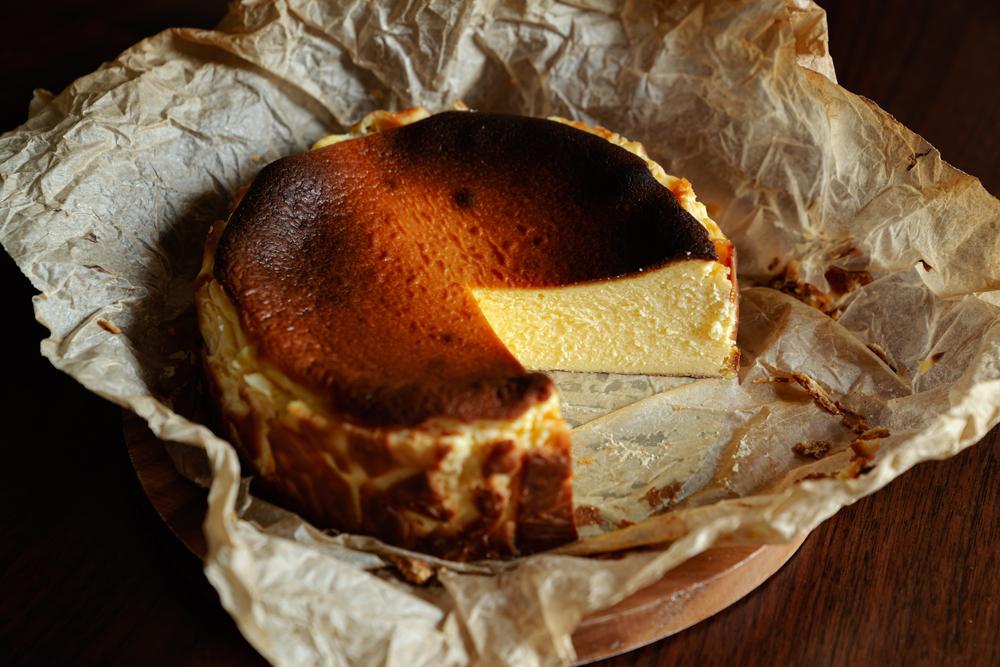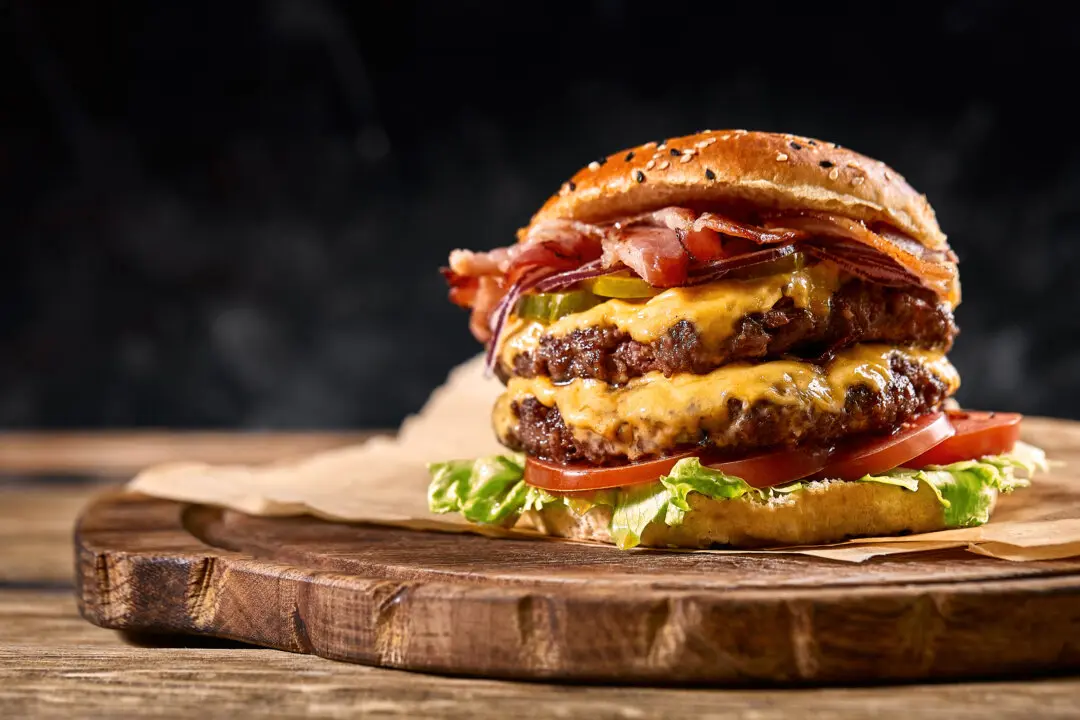Wine has long had its rules for what to eat with each variety, but for many of us, beer has always been a simple matter: Cold beer, good with pizza, good at a cookout, good on a sunny day.
That remains true of the standard crisp lagers, the light pilsners of the mass market, but the proliferation of craft beer and its myriad styles offers up so many more great pairing options. What would a big stout go with nicely? Does anything stand up to a bitter IPA? Would you sip a sour with your chicken wings?
Restaurants and brewpubs now host beer dinners, with each dish, from appetizer to dessert, paired with a particular brew. Similar to the wine world’s sommeliers, craft beer has given rise to cicerones, professionals who are trained and tested in a trademarked certification program that qualifies them to select and serve beers. Some breweries will suggest pairings for each of their beers on their websites or labels.
But you don’t need to go to school to know what tastes good; you got this. Keeping in mind that everyone’s tastes are different and there are no wrong answers here, consider these general guidelines for food and beer pairings to get started.
Much to Think About
Lucy Saunders, the author of “Grilling With Beer” and “Dinner in the Beer Garden,” advises: “Some beers are palate slayers, through intense hoppiness, sweet, sour, or salty flavors. Think about the ingredients in your food and aim for harmony or contrast.”If a dish is primarily grains, for instance—think risotto or polenta—choose something with a balanced sweetness of malt and bitterness of hops, perhaps a pilsner or an amber, so that it complements without overwhelming the subtle flavors.
In addition to the flavors, think about the texture, aromatics, acidity, creaminess or fattiness, or even temperature and carbonation. A cold bock is lovely with a burger, but a slightly warmer and less carbonated (or even served under smoother nitrogen) stout will play friendly with a chilled dessert.
Keep in mind, though, that even within styles, there are variations among different brewers. One’s IPA (India Pale Ale) may be more or less bitter than another’s. A stout at one bar may have a lighter body than the thick one at the next. You won’t know until you try them. As Saunders suggests, “I offer a selection of beer styles with small glasses, and let people discover their own favorites.”
The Dark Stuff
Porters and stouts and anything dark get that bit of midnight from the roast of their malt, which makes them pair well with anything smoky or roasted. Roll out the barbecue and crack open a stout. The heavier body holds well with stews and beef or pork. Sweeter varieties of these beers pair nicely with chocolate and other desserts, while a dry Irish stout might be better for grilled vegetables, as it won’t overrun their sweetness.
Be Happy With Hoppy
Hops are often misunderstood simply as the bittering agent. They do provide this flavor in beer, but the range of light to heavy bitterness is wide among recipes and brewing techniques, and the varying piney, fruity, floral, and citrusy aspects of hop varieties, and the way they work together in a beer, can change a pairing drastically.As Saunders points out, “Citrusy hops meld well with tropical flavors such as mango or lemons and limes”—but maybe some piney hops don’t. A bitter IPA might cut through a rich dish to hold its own, or might detract from it; while a fruity hazy IPA lacks bitterness, and the resulting sweetness and carbonation refresh the tongue after eating something spicy.
Not All Craft Beers Are Hoppy
Wheat beers lack bitterness and pair well with lighter dishes, such as salads and other vegetable dishes. But long before I’d ever heard of beer pairing, I’d figured out that a Belgian witbier was also heavenly with an order of spicy garlic chicken wings. The sweetness of malt and wheat and the fruit and spice character of the yeast really complemented the heat and the heavy, tangy sauce. Others might prefer the contrasting bitterness of an IPA.Sour beers would likely overwhelm your palate if you drank them with a sour dish. A better idea is to contrast that wine-like acidity with a rich cheese or a grilled steak. For dessert, you might like the tanginess set against something creamy and sweet.
Fruity and spicy beers, such as those made with Belgian yeasts that produce those flavors (Belgian tripels, for example), go nicely with potent foods. Grilled meats and rich dishes can stack up to the flavorful and often heavier, higher alcohol brews.
In the end, it’s your meal and your decision to make. With all the options out there now, you’ve got a lot of exploring to do.
Kevin Revolinski is an avid traveler and the author of 15 books, including “The Yogurt Man Cometh: Tales of an American Teacher in Turkey” and several outdoor and brewery guidebooks. He is based in Madison, Wisconsin, and his website is TheMadTraveler.com






Friends Read Free